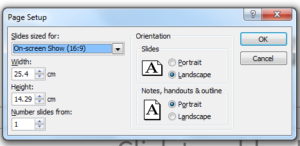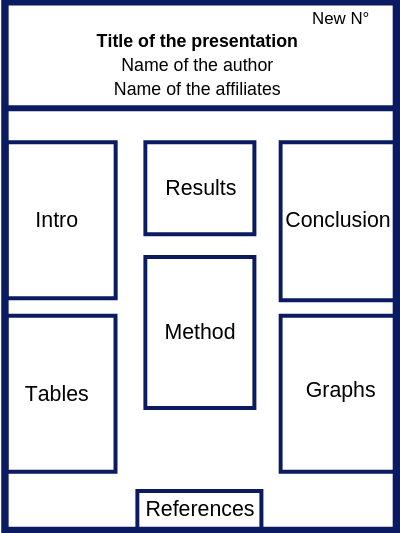EAHAD 2021 ABSTRACTS
View abstracts online
The EAHAD 2021 congress abstracts will be published here after the congress. They will be published in Wiley’s Online Library
IMPORTANT DATES
Abstract Submission Opening: Late September 2020
Abstract Submission Deadline: 30 October 2020, 23:59 CET
Notifications to submitters: Mid December 2020
Abstracts received after the deadline will not be accepted!
ABSTRACTS
EAHAD’s objectives are to foster scientific advancement in the field of inherited and acquired bleeding disorders in Europe, to encourage research and to provide a wide forum for discussion. Delegates who would like to present their work at the meeting, are invited to submit an abstract for consideration by the Scientific Committee.
Abstracts must describe original work, previously unpublished and not yet presented, at the time of the submission.
Scheduling of e-poster sessions and abstract presentations is at the discretion of the Scientific Committee.
The abstracts will be peer-reviewed and those selected will be presented either as oral presentations or in the e-poster session.
For standardization, the acceptable length of the abstract is of maximum 2500 characters. This includes the titles and non-visible characters, such as spaces and line breaks.
Abstract submitters will be asked their professional category during the submission process. Nurses, physiotherapists and psychosocial professionals will have the opportunity to display their e-posters during the Allied Health Professionals Day as well as during the Virtual Congress.
- 6 abstracts will be selected by the Scientific Committee to be presented orally in the SLAM session. Kindly note that the selection for these oral presentations is based on the scientific calibre of the abstract and its coherence with the other selected abstracts.
- EAHAD would like to promote young scientists in the SLAM session. Accordingly, if you wish to submit an abstract for an oral presentation, you will be asked to confirm that the presenting author will be 40 years old or under at the time of the congress.
The internet abstract submission system works best with Chrome: 16 or higher, Internet Explorer 8.0 or higher and Mozilla Firefox 5.0 or higher.
Cookies and JavaScript need to be enabled.
Abstracts can only be submitted online via the abstract submission form.
Abstracts sent by post or email will not be accepted. No exceptions will be made.
- Abstracts can be saved in “Draft” status to be re-edited and modified until the submission deadline (30 October 2020, 23:59, CET). Therefore, the submitter will be required to create a user account.
- Abstracts fulfilling all criteria can be saved in “Final submission” status. Only abstracts in “Final submission” status will be regarded as successfully submitted and considered for the Congress. The submitted / draft abstracts cannot be edited after the submission deadline (30 October 2020, 23:59, CET)
- Abstracts are accepted on a wide range of topics in haemophilia and bleeding disorders. The submitter has to select the right topic for the abstract on the submission form. Available topics are:
- Haemophilia
- Haemophilia – Laboratory aspects, diagnostics
- Haemophilia – Preclinical
- Haemophilia – Clinical
- Von Willebrand Disease
- Von Willebrand Disease – Laboratory aspects, diagnostics
- Von Willebrand Disease – Preclinical
- Von Willebrand Disease – Clinical
- Other bleeding disorders
- Physiotherapy
- Nursing
- Psychosocial aspects
- Haemophilia
- The abstract should be structured into the following sections:
- A title which clearly indicates the nature of the investigation.
- Introduction should contain 1-2 sentences that clearly indicate the scientific question of the study and its clinical (or other) importance.
- Methods should contain sufficient information to be able to understand the experimental design, the analytical techniques and the statistics used in the study.
- Results should contain objective data to answer the scientific question(s).
- Discussions / Conclusions should provide only conclusions of the study directly supported by the results, along with implications for clinical practice, avoiding speculation and overgeneralization.
- No tables or figures are allowed in the abstract.
- Conflict of interest: It is the intent of EAHAD 2021 to provide high-quality sessions focused on educational content that is free from commercial influence or bias. Thus, the submitting author of an abstract is requested to declare any potential conflicts of interest for all authors during abstract submission.
- Abbreviations should be indicated in parentheses following their first mention in the text. Trade names cannot be mentioned in the title. However, trade names in brackets will be accepted in the body of the text.
- The submission of an abstract constitutes a formal commitment by the submitting (presenting) author to present the abstract (if accepted) in the session and the time assigned by the Programme Committee. Registration fees will not be waived.
- The presenting author of the abstract must be registered at the conference within 14 days of confirmation of abstract acceptance (the author will benefit from early bird registration fee).
- Please ensure your abstract does not contain spelling, grammar, or scientific mistakes, as it will be reproduced exactly as submitted. Linguistic accuracy is your responsibility. No proofreading will be done. No changes can be made to the abstract after the submission deadline.
- Only original abstracts will be accepted and considered for the review.
After the Submission
- The reviewers will judge the abstracts according to scientific or clinical value, relevance to EAHAD 2021, conclusions confirmed by objective results, objectivity of statements, originality of work and overall impression.
- The submitting authors will be notified by mid December 2020 at the email address provided during submission whether their abstract has been accepted.
- If you need to withdraw your abstract a written statement, reflecting the reasons of this decision, must be sent to eahadabs@mci-group.com. This e-mail address is being protected from spambots.
Presentation of Abstracts
- Abstracts can be accepted either as poster or oral communication.
- If your abstract is accepted as a poster, you will be requested to be available for discussion during the corresponding poster viewing time. Details on poster format and full presentation guidelines will be included in the notification letter and posted on the Congress website
Publication
- Accepted abstracts will be available in Haemophilia Journal.
Contacts
- For any further enquiries, please contact the EAHAD 2021 Abstract Handling Team at
eahadabs@mci-group.com. This e-mail address is being protected from spambots.




